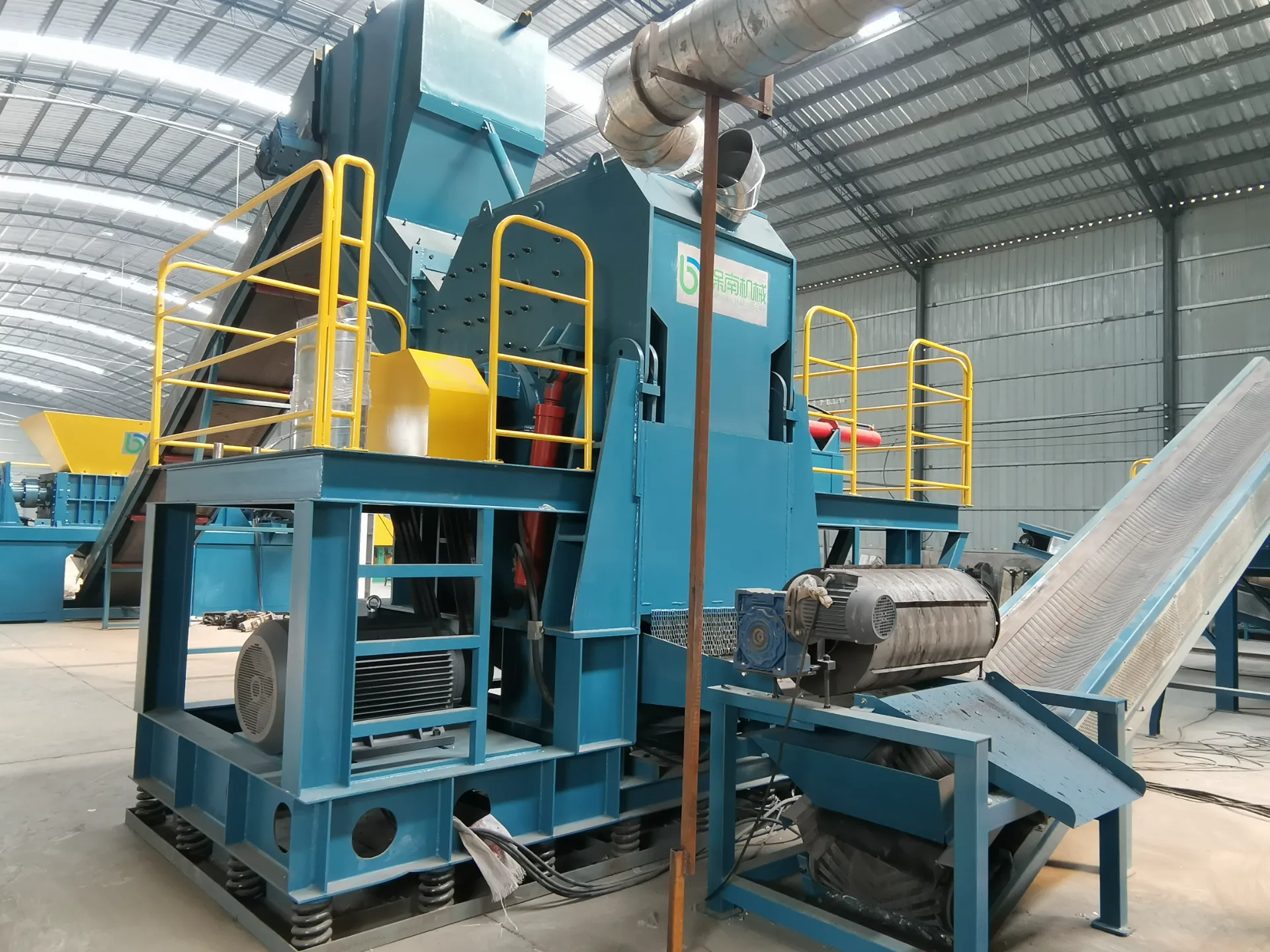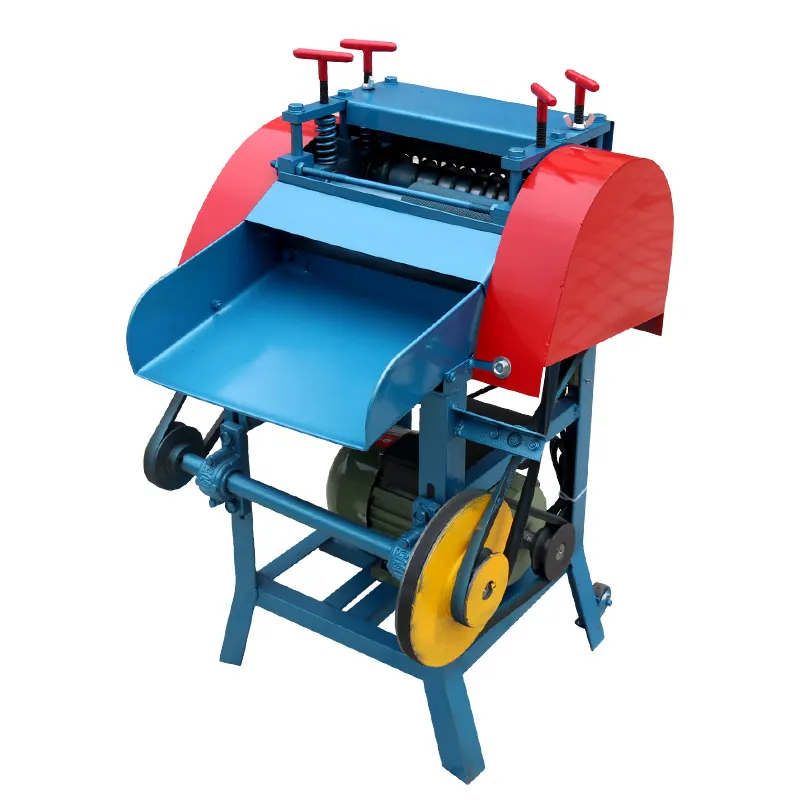Metal recycling shredders, an integral part of the sustainable waste management industry, serve as a pivotal solution in transforming scrap metal into reusable materials. With environmental concerns on the rise, the demand for effective recycling technology has increased significantly. Here, we explore the nuances of metal recycling shredders and their prominent role in the push towards sustainable practices.

A metal recycling shredder is more than just a machine; it's an engine of change in the recycling industry. Designed and engineered to handle the most stubborn forms of scrap metal, these shredders break down everything from car parts to household appliances, turning bulk waste into smaller, manageable pieces. The sophistication of these machines is evident in their capability to handle diverse metal types including aluminum, steel, copper, and even more complex alloys. By reducing metal to smaller pieces, these shredders facilitate easier sorting, recycling, and eventual reformation, underscoring their technical prowess.
Expertise in operating metal recycling shredders lies in understanding the intricacies of the materials they process. For instance, not all metals shred in the same manner; ferrous metals like steel and iron require different settings compared to non-ferrous options like aluminum and copper. Proficient operators are adept at configuring shredders to optimize the output and ensure minimal waste. This precision not only maximizes economic return but also enhances the environmental impact as more metal is effectively recycled and reused in manufacturing new products, thereby closing the loop of sustainability.

The operating principles behind these machines also speak to their authoritative presence in the recycling industry. Utilizing advanced technology, such as automated feeders and intelligent sorting systems, metal shredders achieve unparalleled efficiency. These elements allow shredders to process vast quantities of scrap metal continuously, minimizing downtime and maximizing throughput. The engineering marvel of these machines is in their durability and resilience, built to withstand the rigors of constant use in demanding industrial environments without succumbing to wear and tear. Thus,
they remain a trustworthy asset in any recycling facility.
metal recycling shredder
Trust in metal recycling shredders extends beyond their operational capabilities. Transparency in manufacturing standards and adherence to environmental regulations establish these machines as reliable tools in the battle against waste. Many of today’s shredders are designed with energy efficiency in mind, reducing the carbon footprint of recycling processes. This combination of energy savings and effective waste reduction highlights their dual advantage in both economic and eco-friendly terms.
Furthermore, as an investment, metal recycling shredders promise significant returns, not only through direct sales of processed metal but also in showcasing a company's commitment to sustainable practices. Businesses that adopt metal shredders often find enhanced credibility amongst consumers who prioritize ecological responsibility in their purchasing decisions. Demonstrating a clear dedication to sustainability can therefore improve a company's brand image and customer loyalty, translating into long-term success.
Real-world experiences with metal recycling shredders underscore their indispensable role. Across the globe, recycling centers and waste management companies extol the virtues of these machines in enhancing operational efficiency and reducing waste output. By integrating shredders into their processes, these facilities report significantly reduced costs and increased volumes of recycled products, validating their effectiveness and sustainability promise.
Overall, metal recycling shredders represent the confluence of innovation, precision, and accountability in metal recycling. They not only improve the economic viability of recycling facilities but also bolster their ecological impact, aligning closely with the global mandates of reducing waste and preserving natural resources. As industries evolve towards more sustainable models, the adoption of such advanced recycling technologies becomes not just an option, but a necessity.


